Georgia, a small Caucasus nation nestled between the Black and Caspian seas, has long been known best by a penchant for wine and culture of boundless hospitality. Lesser known to much of the world is the incredible ease to which the country has made foreign purchasing of a car. As such, it is here that we start our overland journey through the middle of the world. More specifically, in Rustavi, a giant dust bowl of a car market, and the country’s hottest spot for the mechanically inclined.
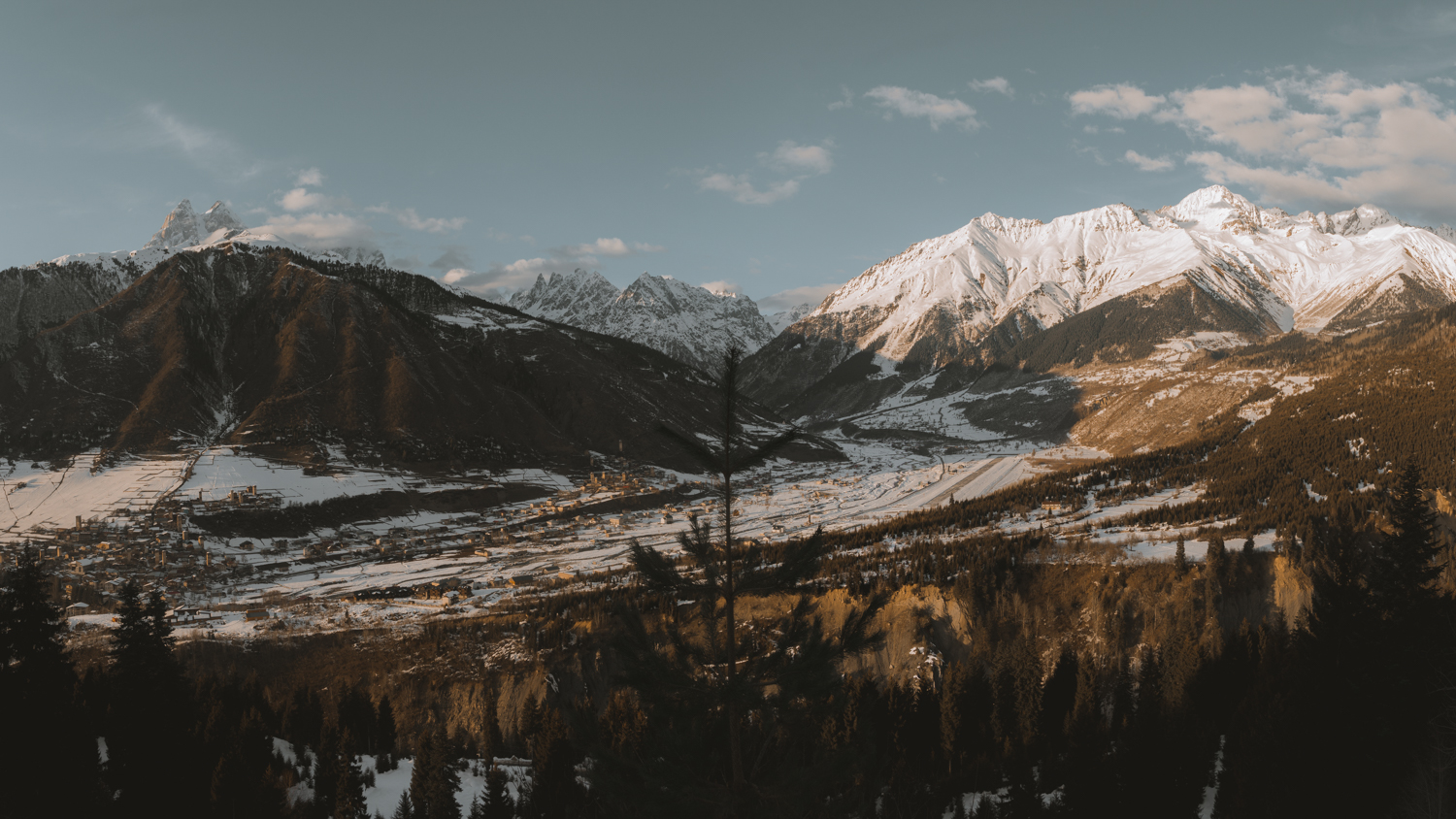
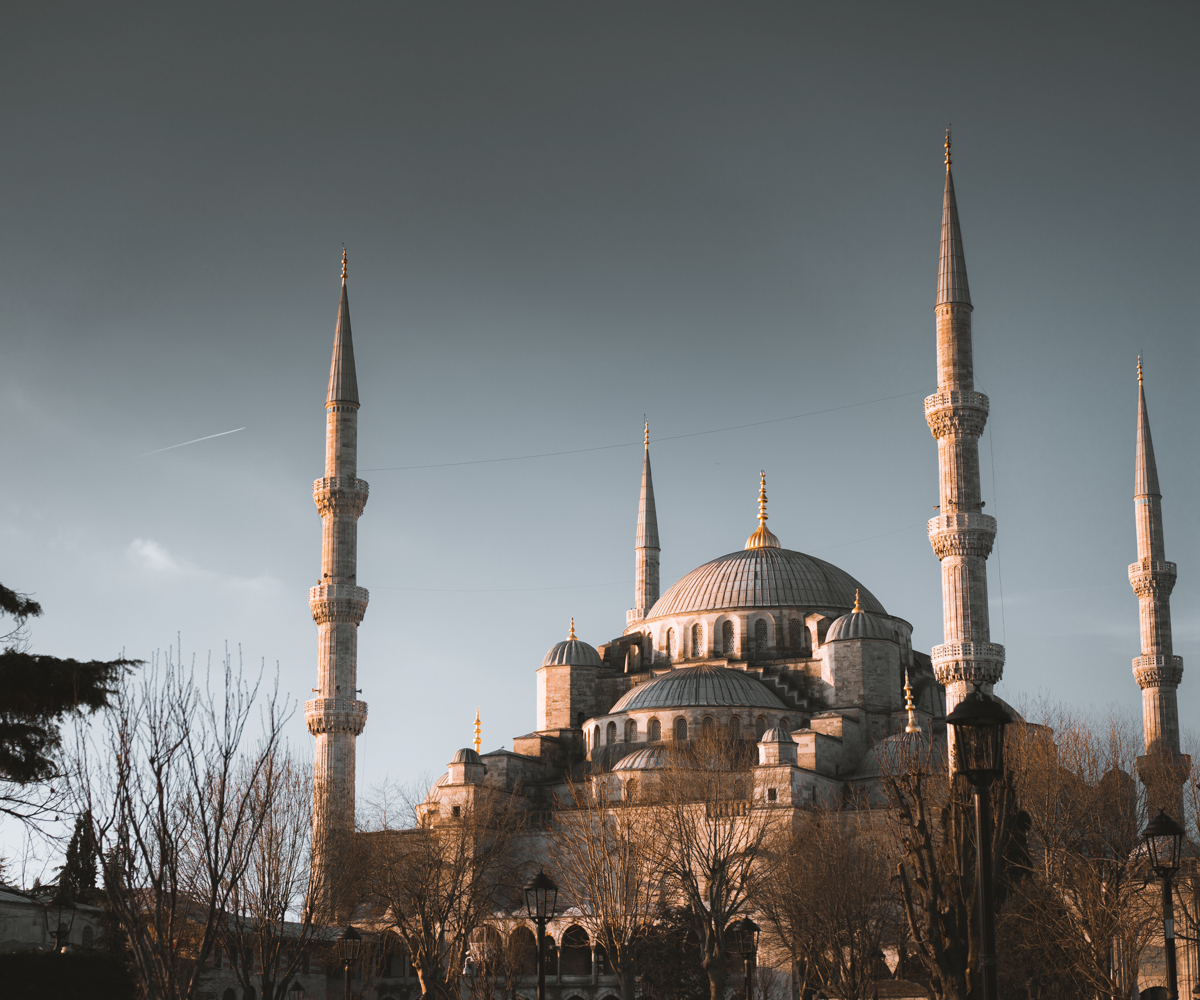
Spending an afternoon navigating the wayward labyrinth of well-aged automobiles, we happened upon Caspar, a 1998 forest green Mitsubishi Pajero. Amongst its bumps and bruises, it had at least a quarter-million kilometers to its name, a single functioning door, and no air conditioning. Yet to us it was somehow perfect, we knew it would take us exactly where we needed to go—quite possibly since we hadn’t the faintest idea where that need may be.

A reality as true as the rumours, the stunning lack of bureaucratic process saw us driving off and away onto an open-road of opportunity, not a half-hour after finding our ride to be. Such is the freedom awarded by adventure.
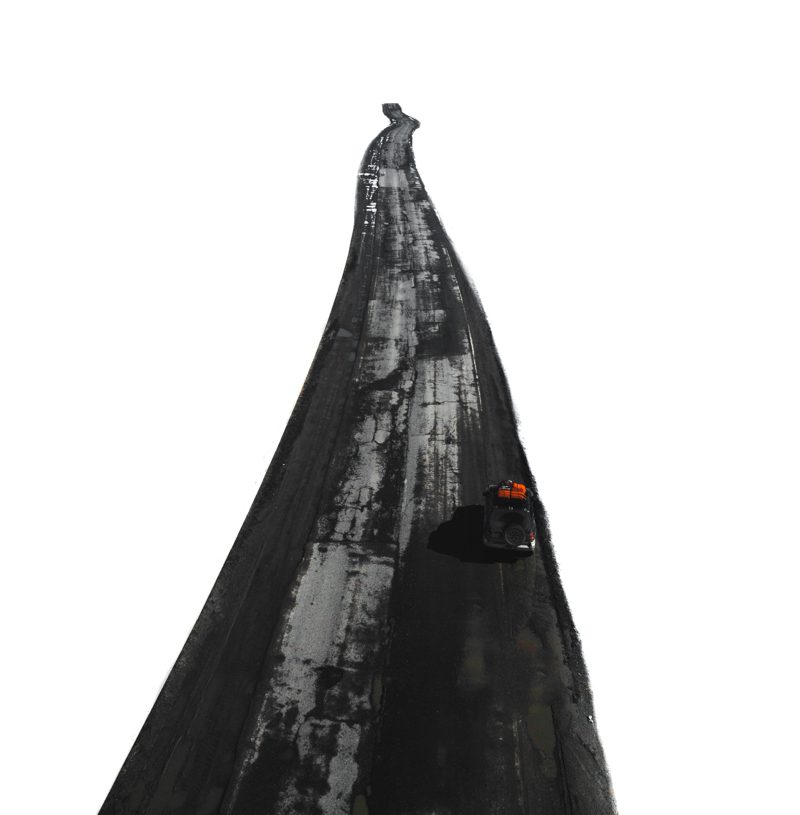
For many (myself previously included), Central Asia has long been just a large area on the map full of places you’re not sure how to pronounce. A century of Soviet occupation cast the region in a shroud of secrecy, which since the fall of the Iron Curtain, has scarcely been lifted. The surprising reality is that for much of human history, the region was considered the center of civilization—land consisting of trade routes threading their way from China to Europe, and every empire in-between in a trade network now commonly known as the Silk Road. Having long been curious about both the history of these cultures, and the lands that they call home, we had many questions, and almost no answers. Having now secured ourselves behind the undoubtedly shaky wheels of Caspar, the last of our preparations were done. And so, our journey had begun. Over the next 108 days, we would drive Caspar 12,000 kilometers across some of the world’s highest roads, most forgotten lands, and even an inland sea.
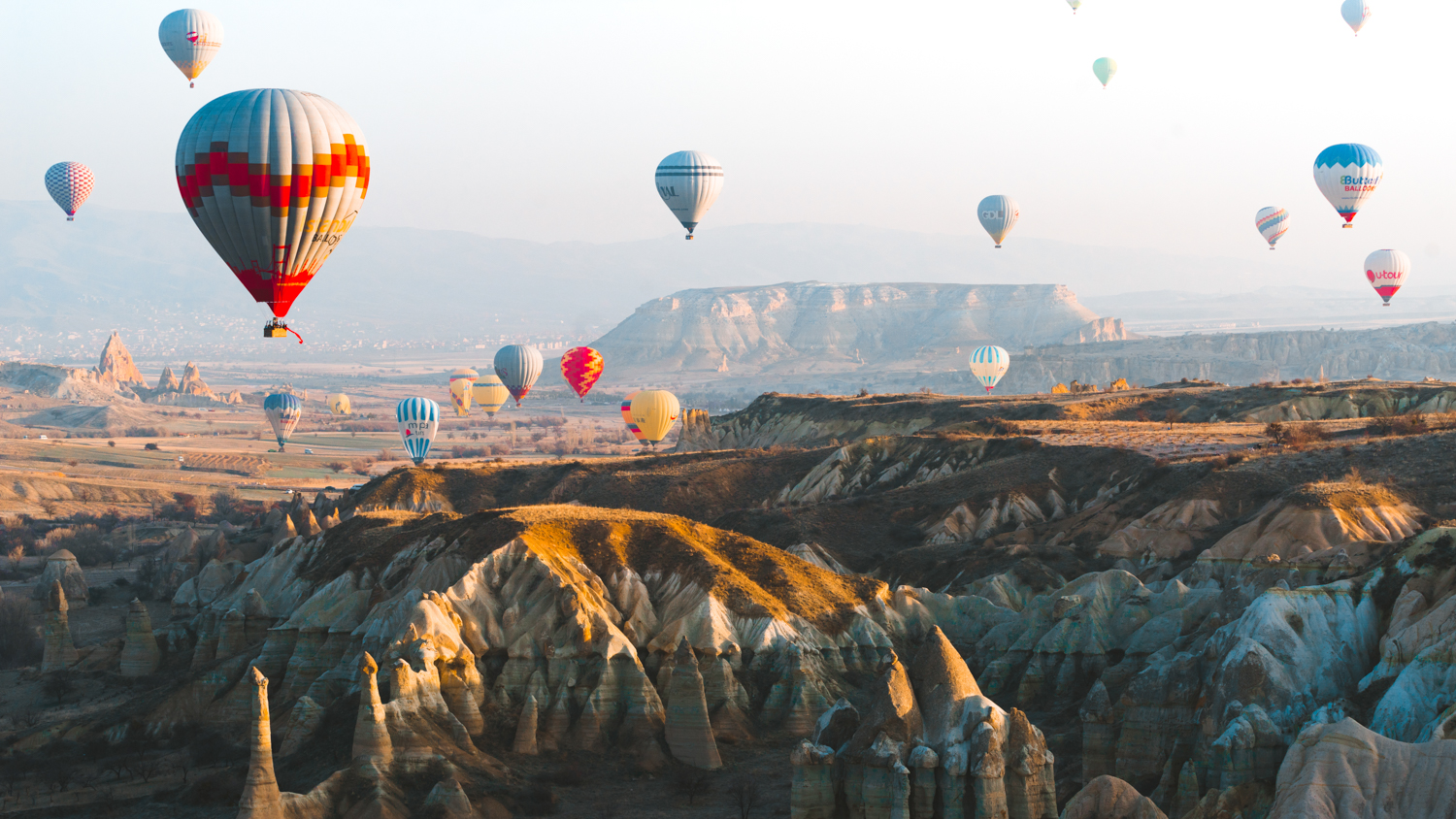
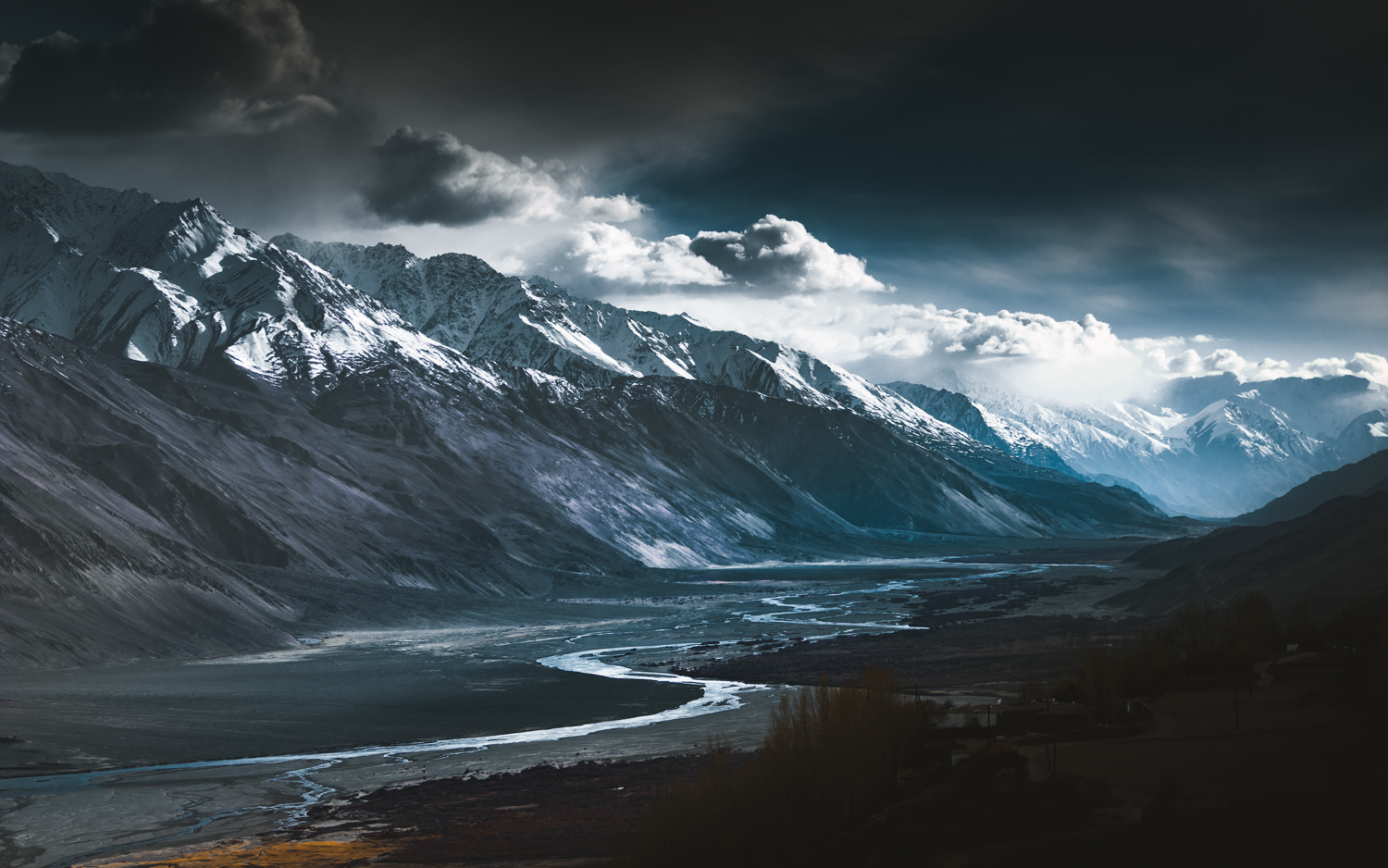
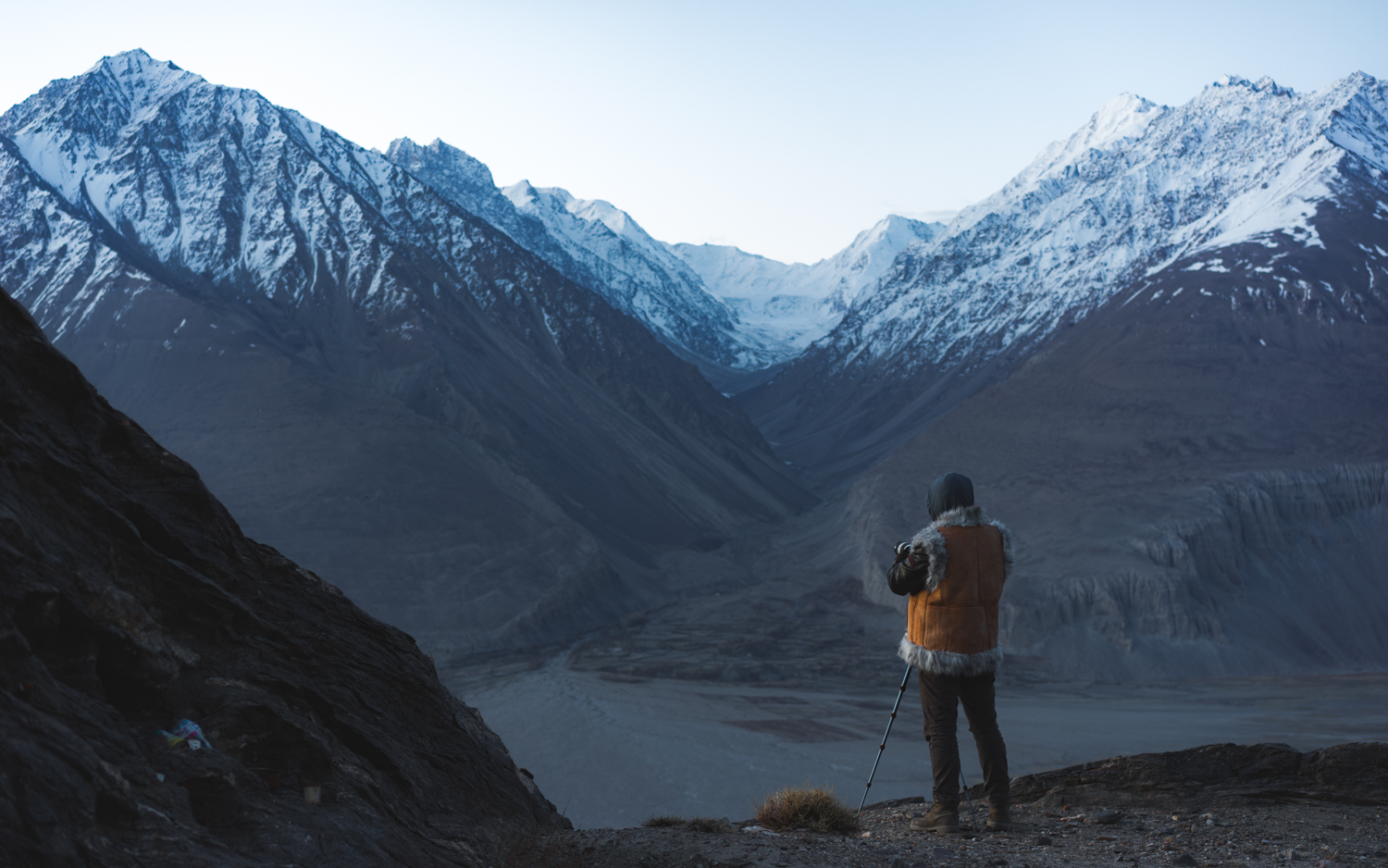
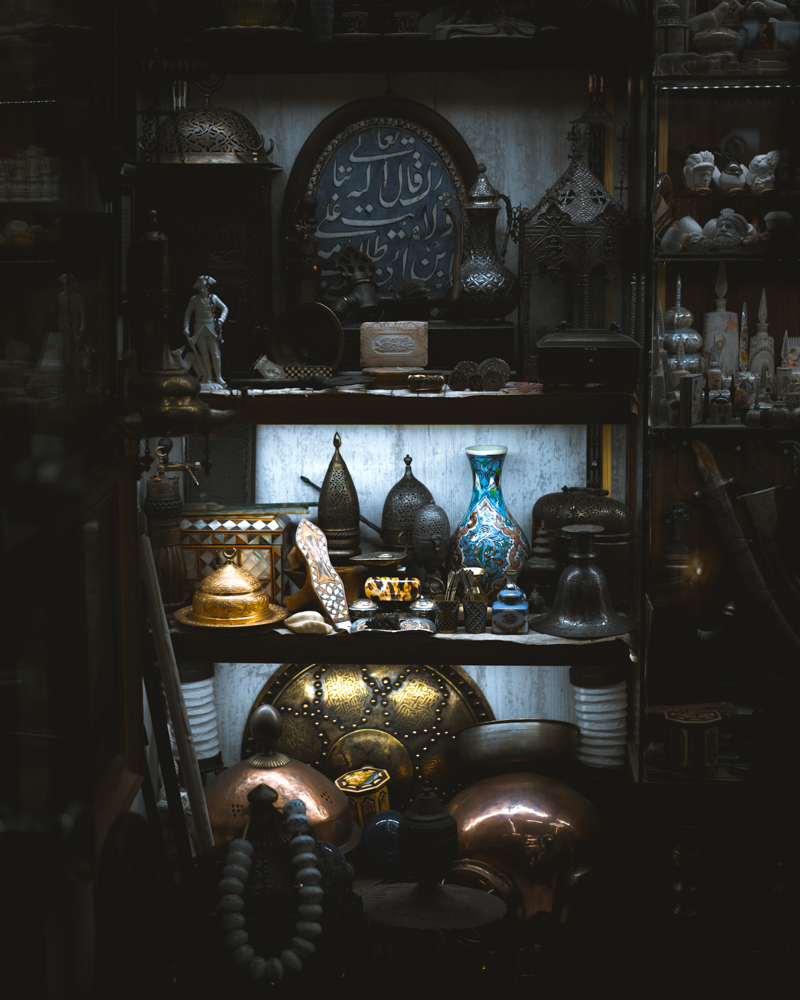
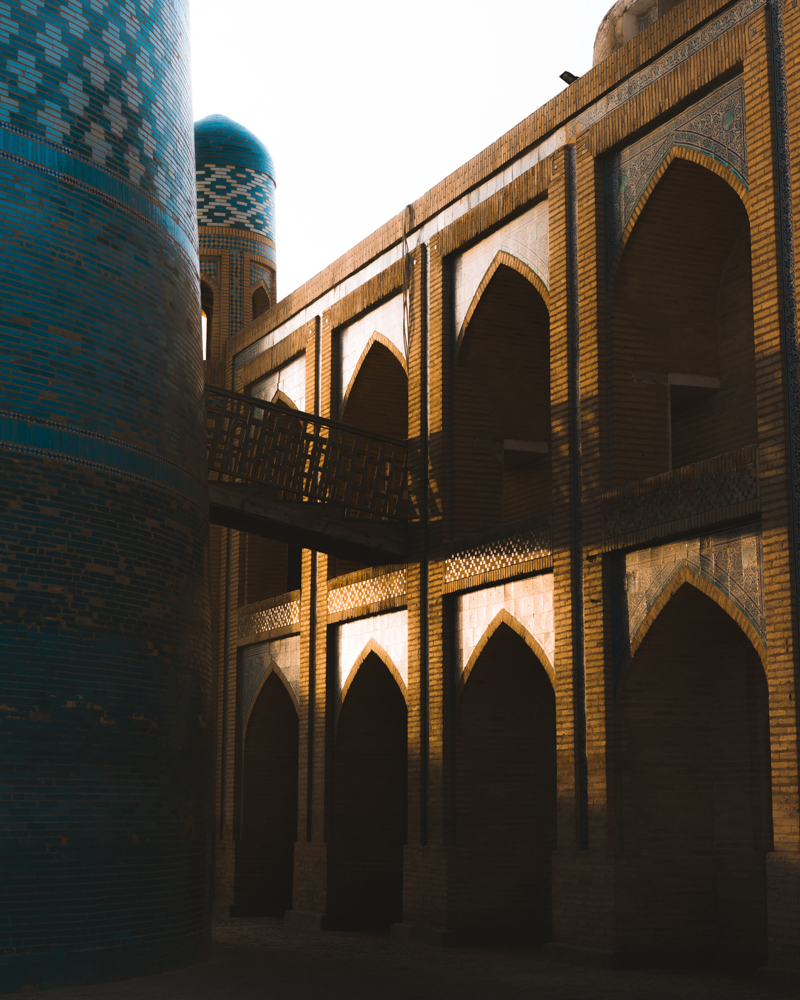

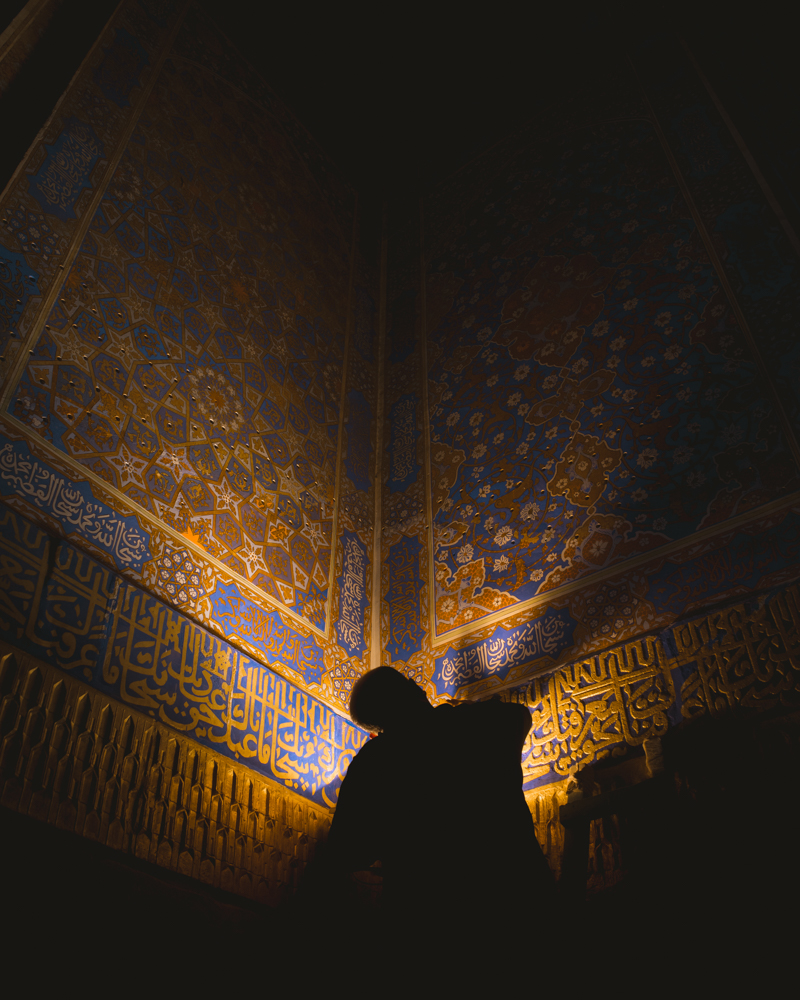


In the Ustyurt Plateau of Western Kazakhstan, a land with temperature swings of over 150°F between the summer and winter months, both our brake pads and hand brake would stop working entirely, leaving us driving down a desert word for over 100 miles with friction as our only resistance to speed.
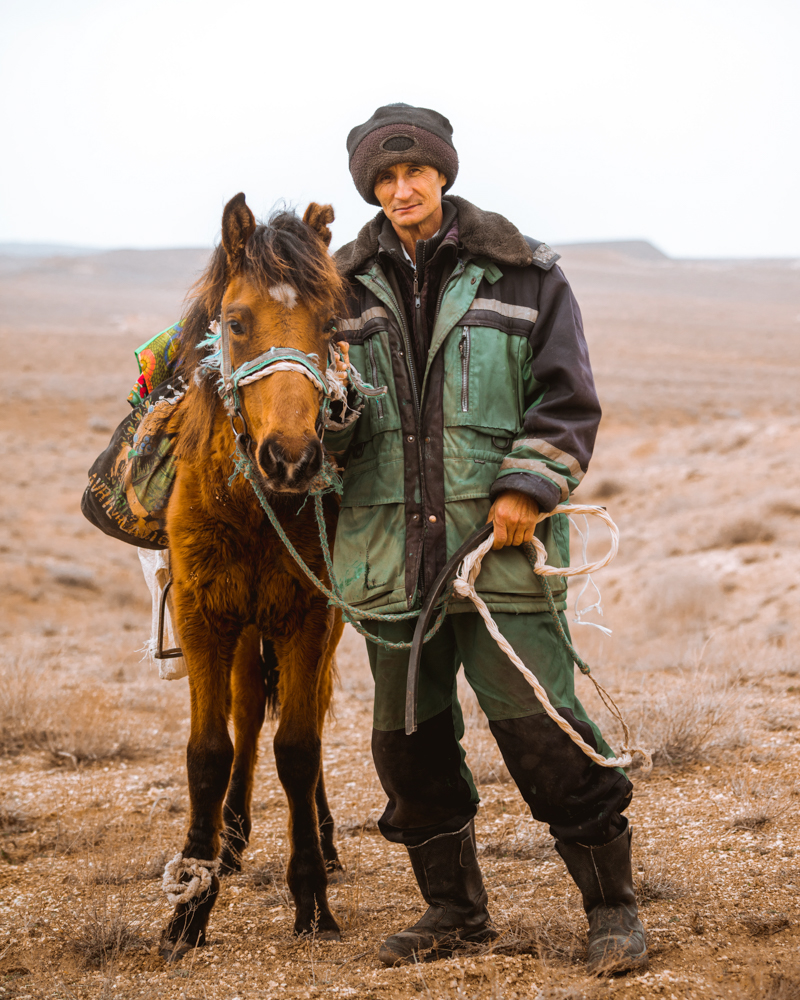
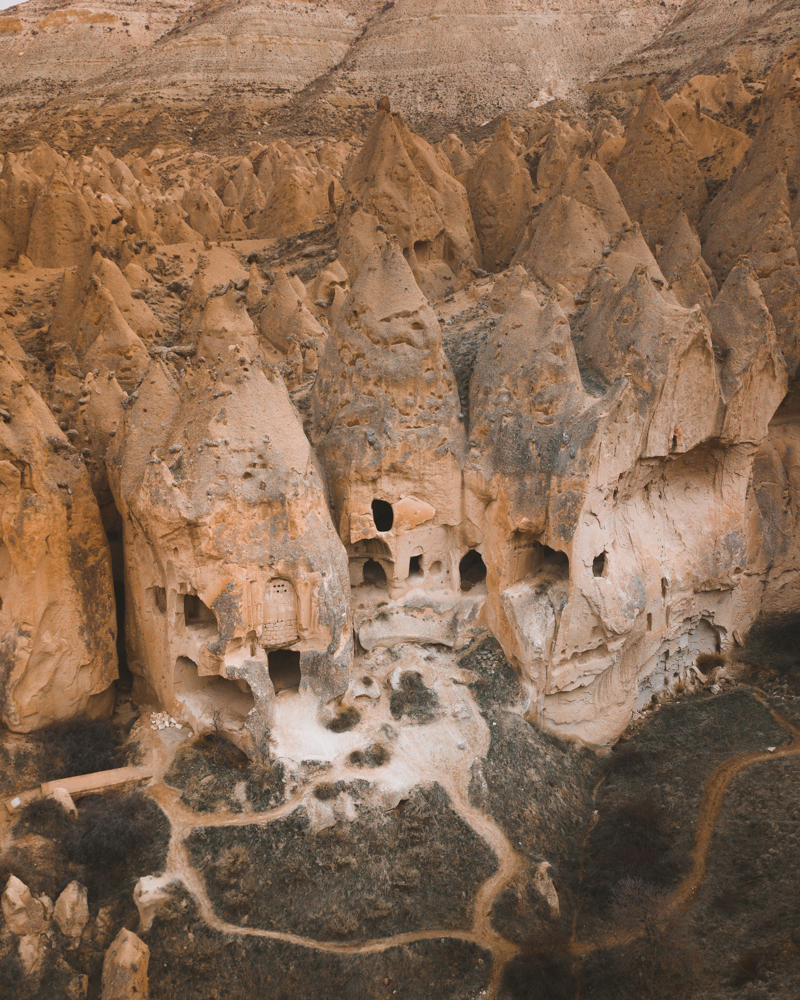

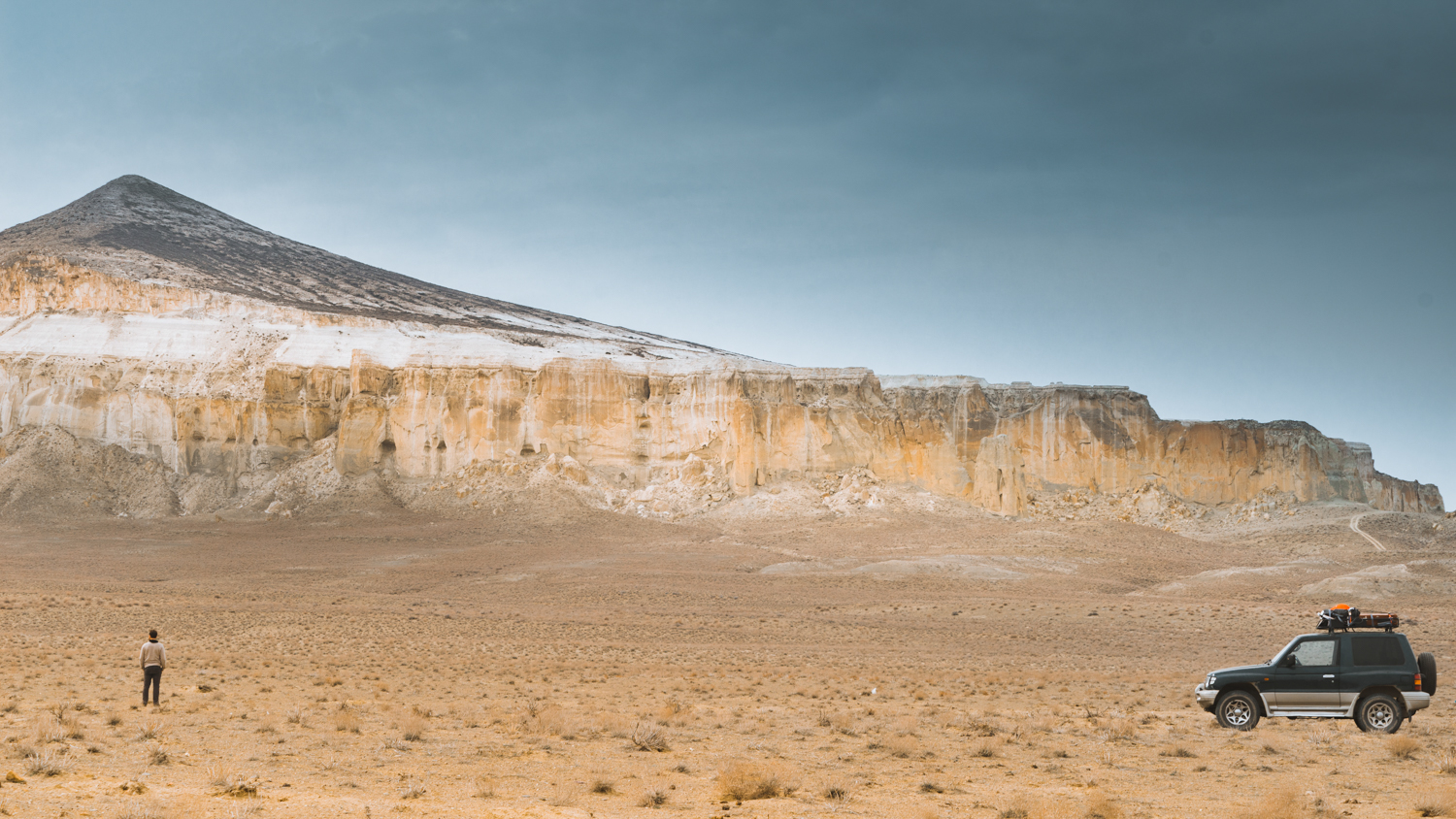
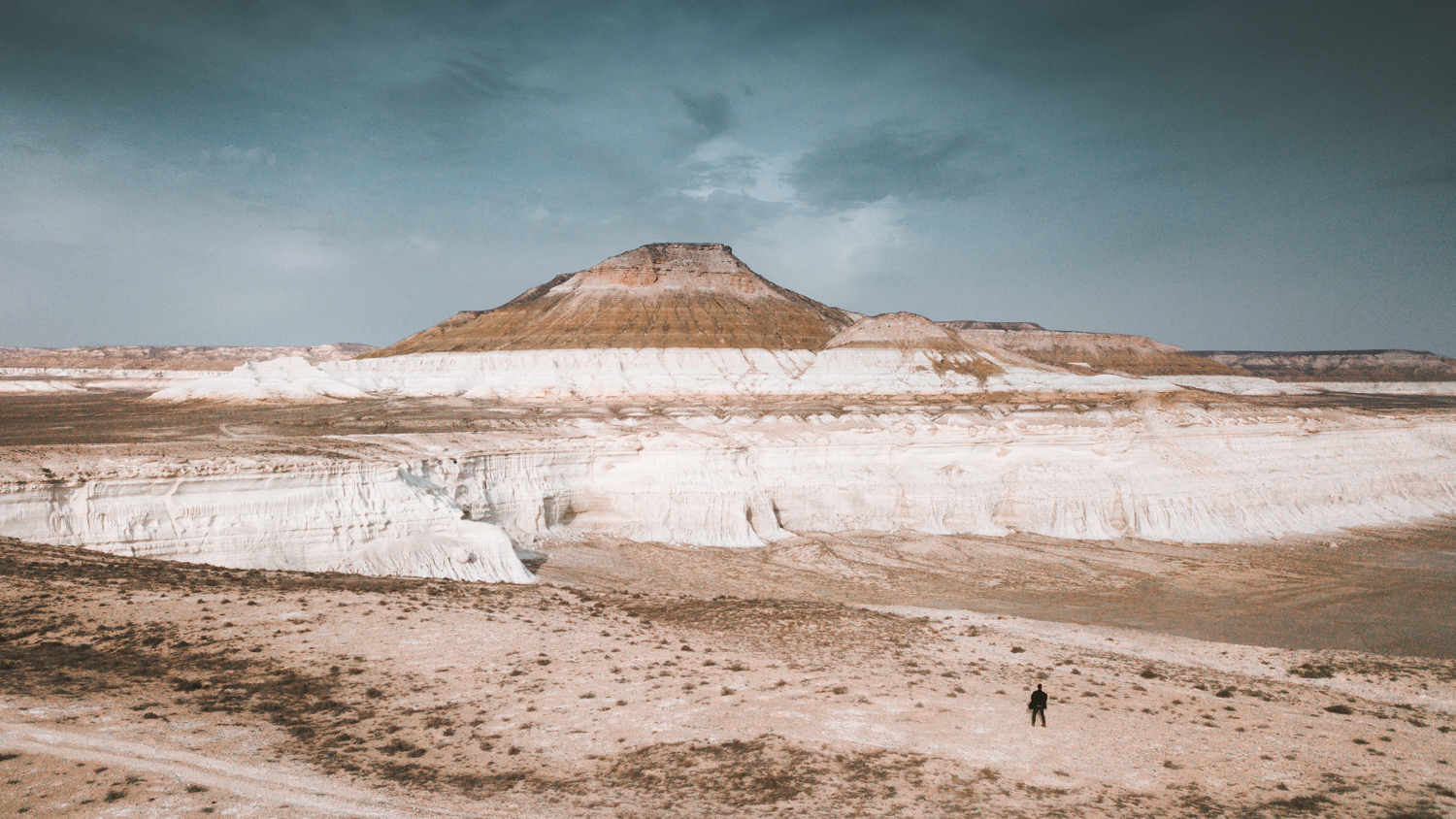
Over 4,000 meters above sea level, in the High Pamirs of Tajikistan, we would experience a magnitude of expanse and solitude otherwise unmatched in this world. A land where life hinges entirely on the survival of the yak.
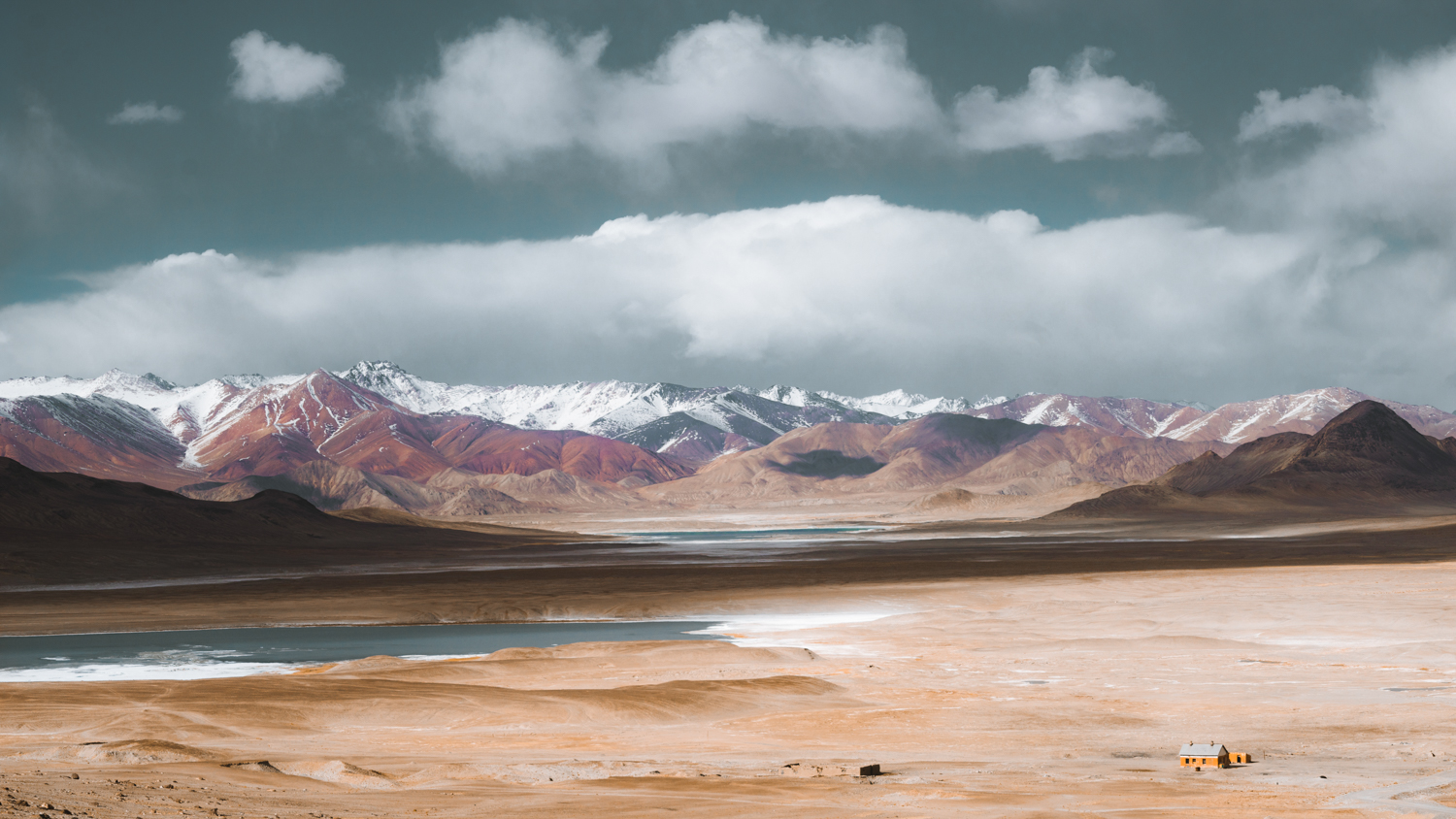


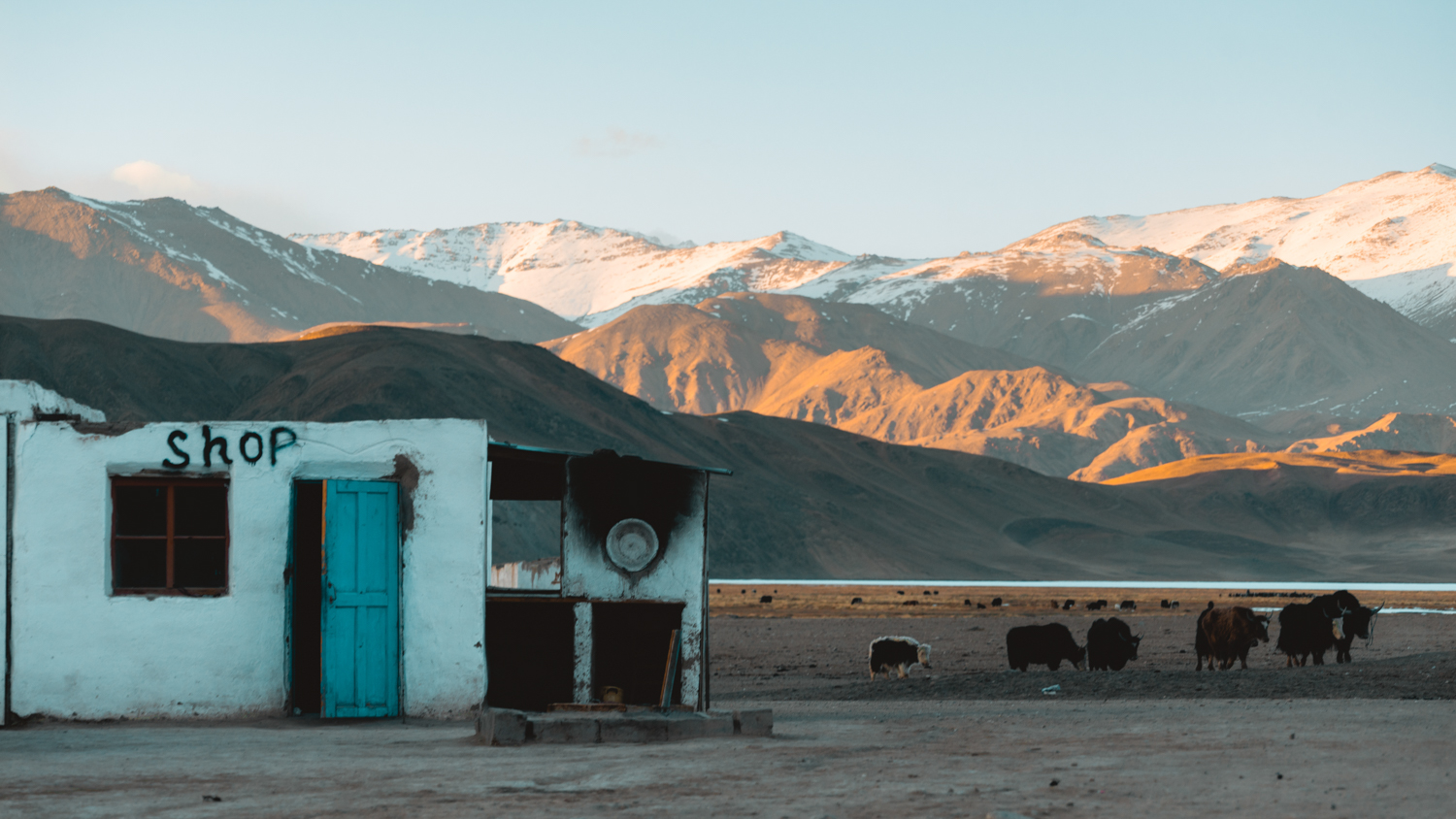
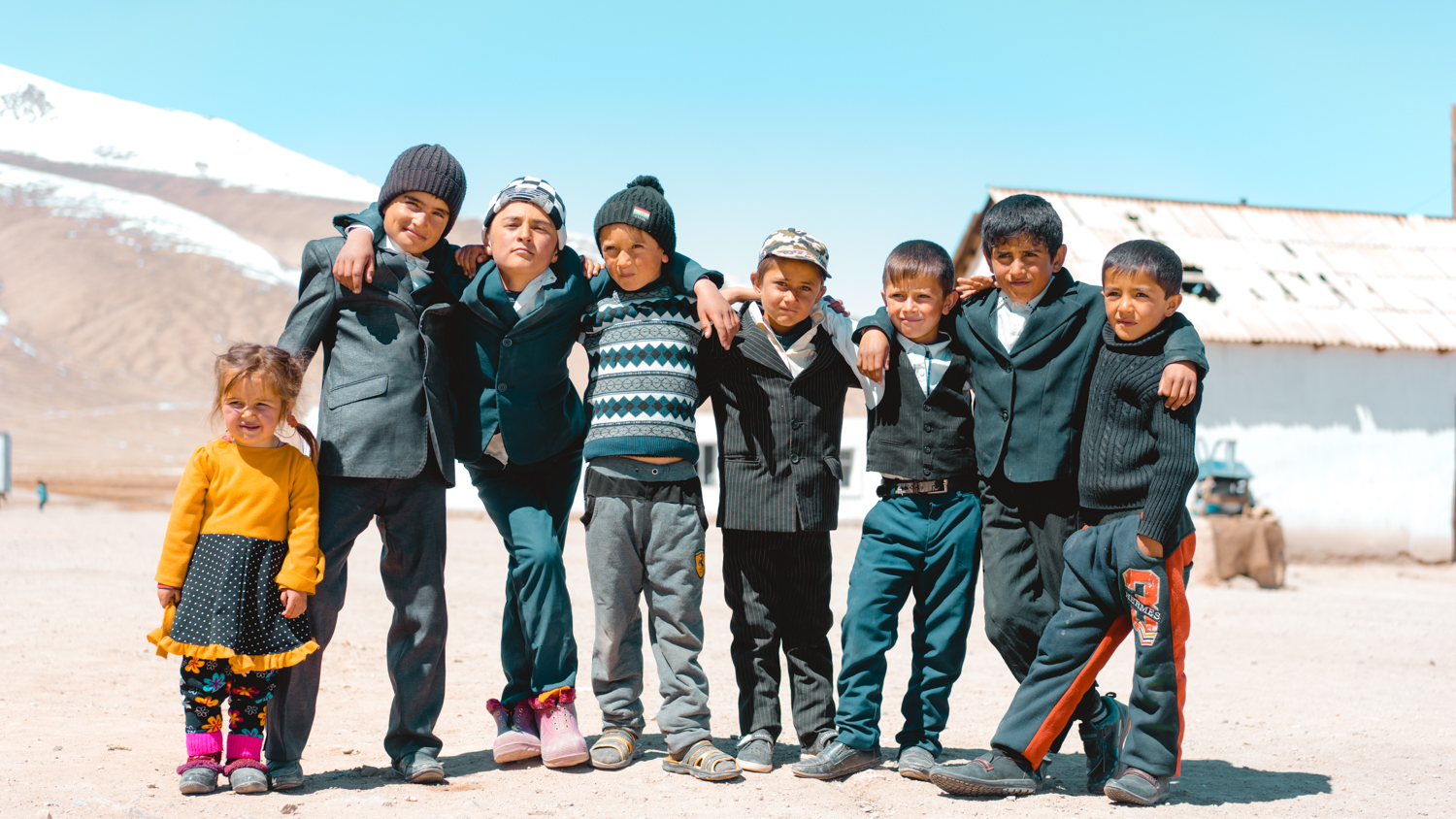
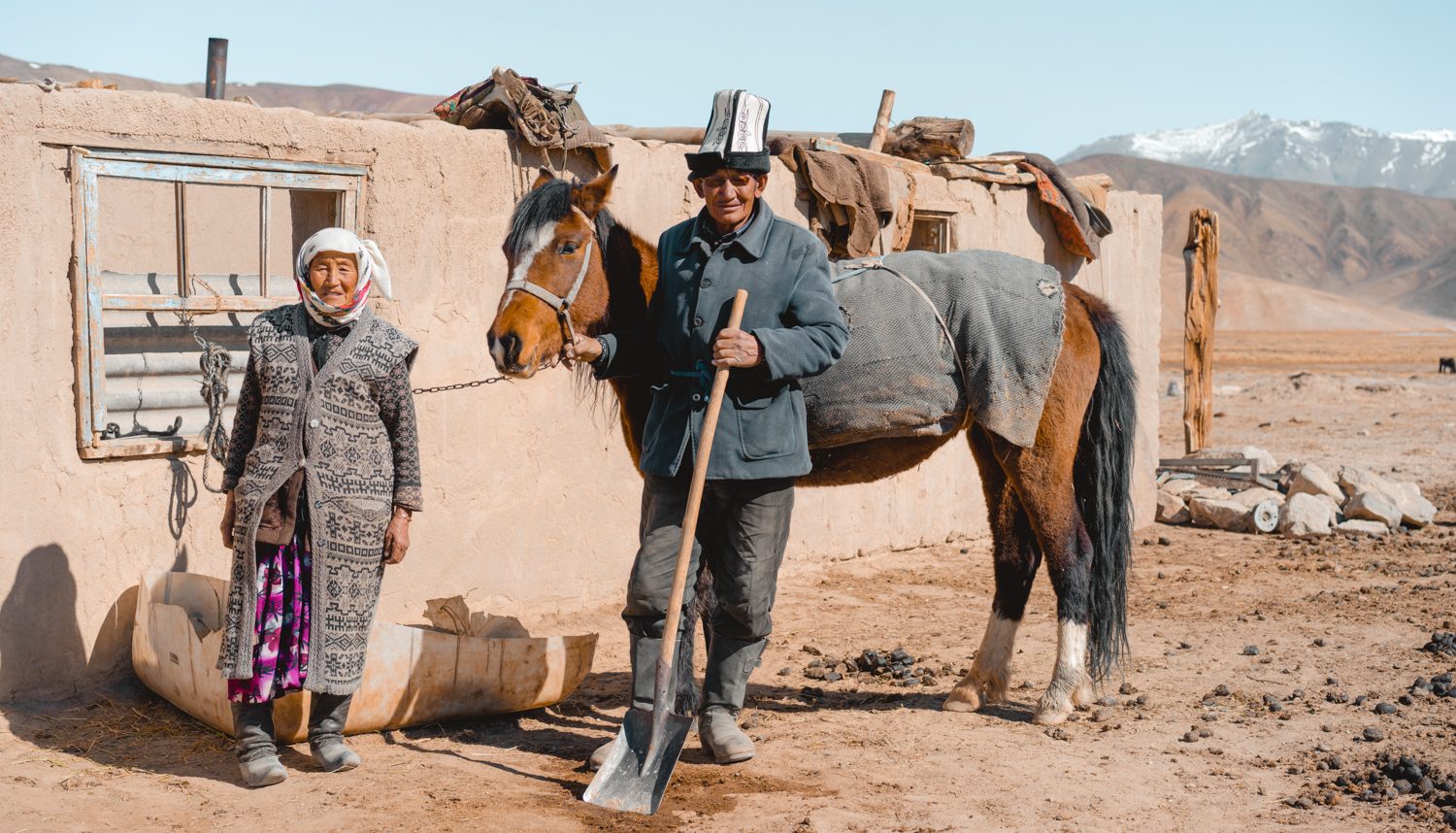
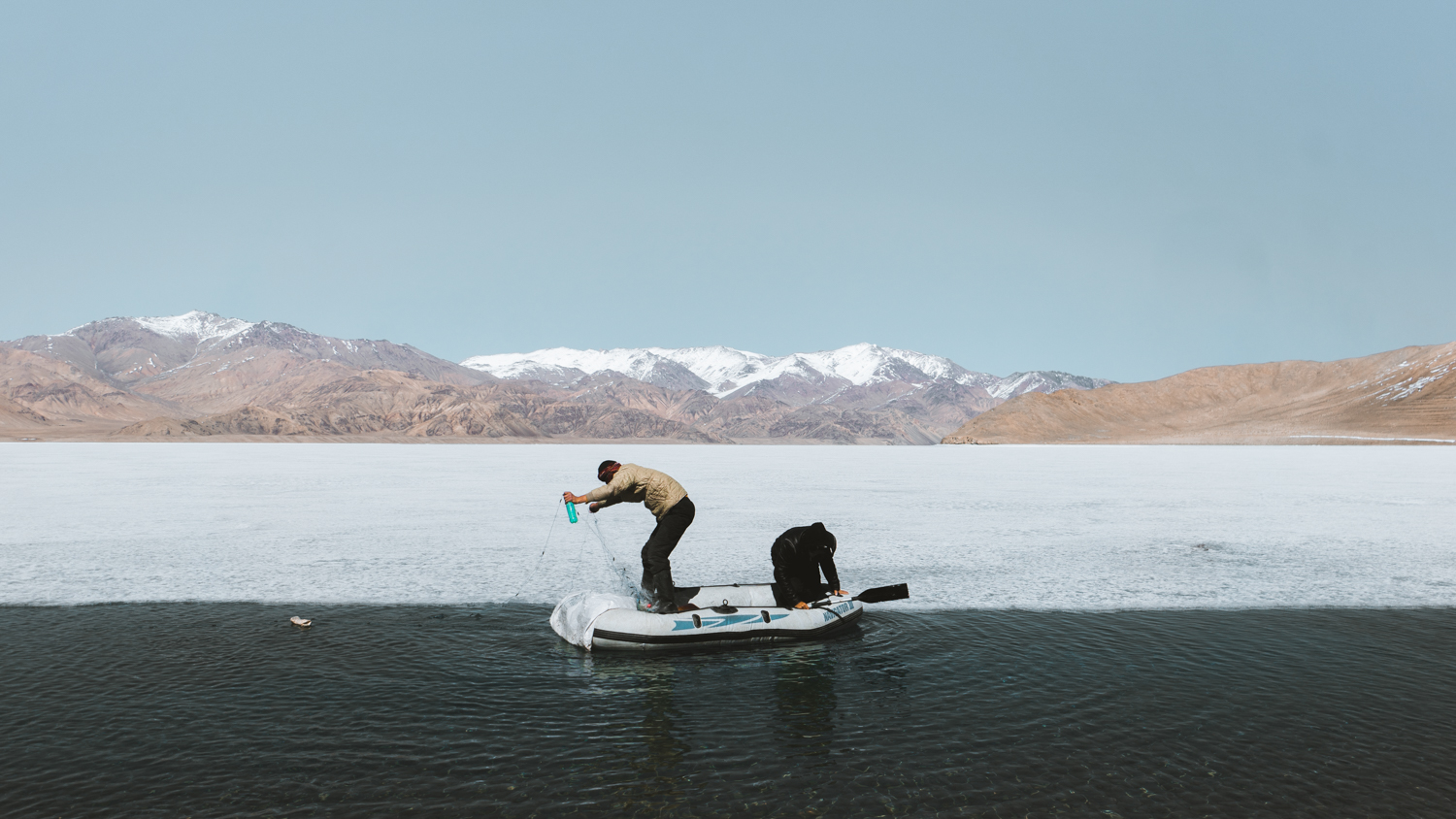
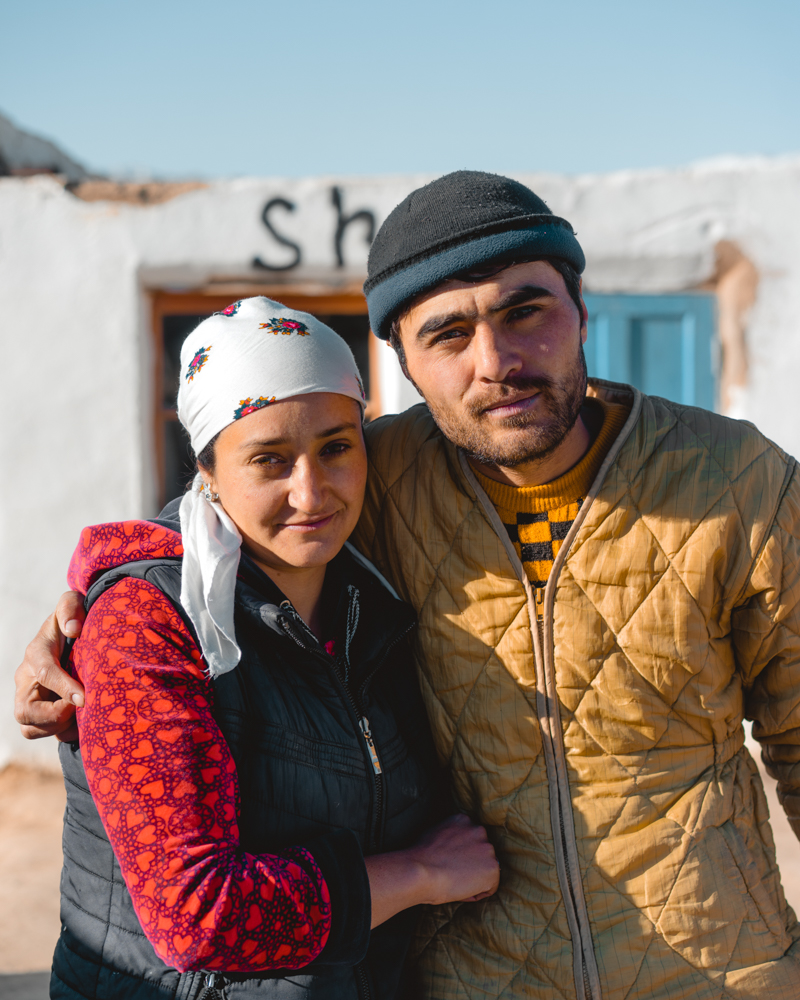

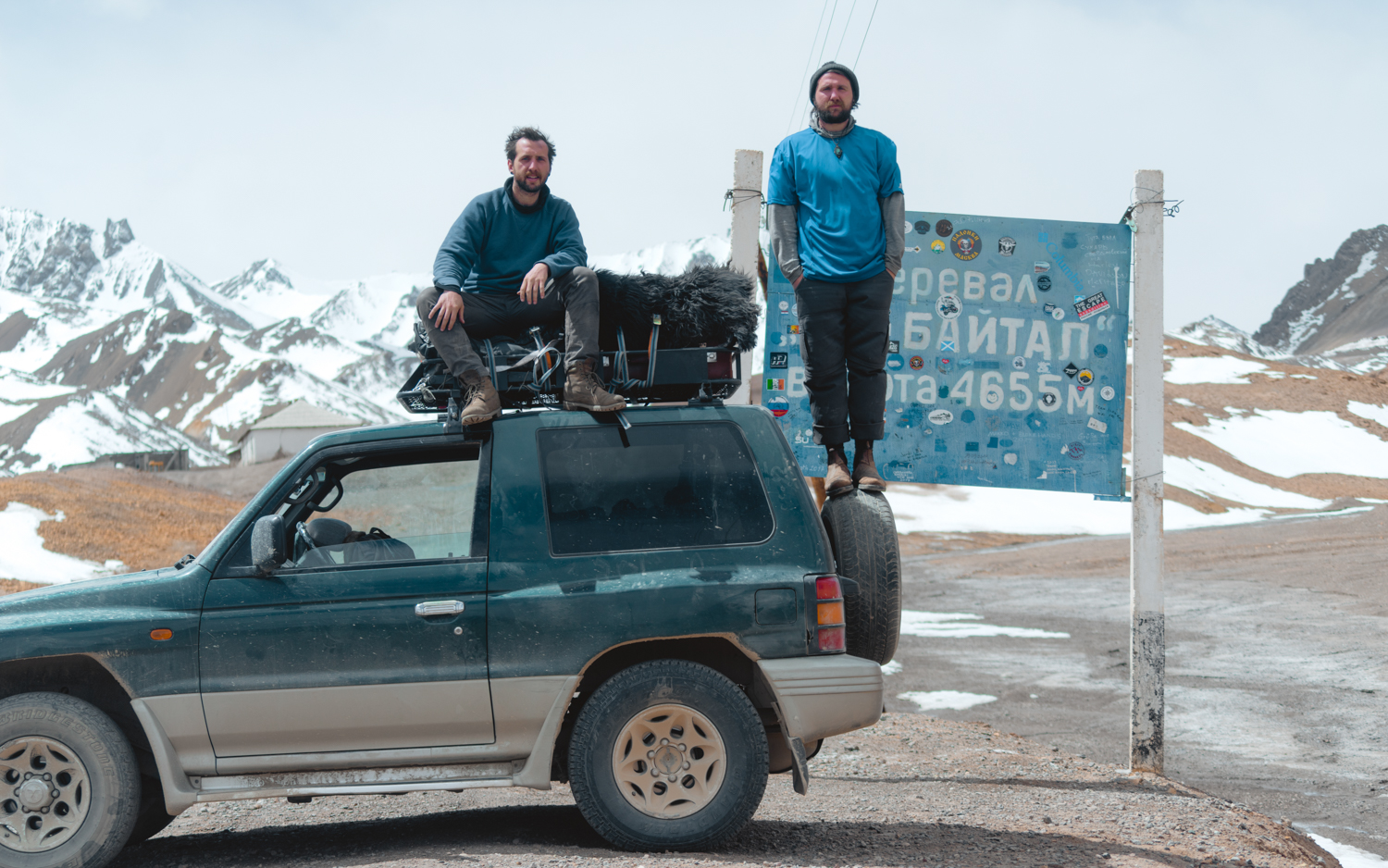
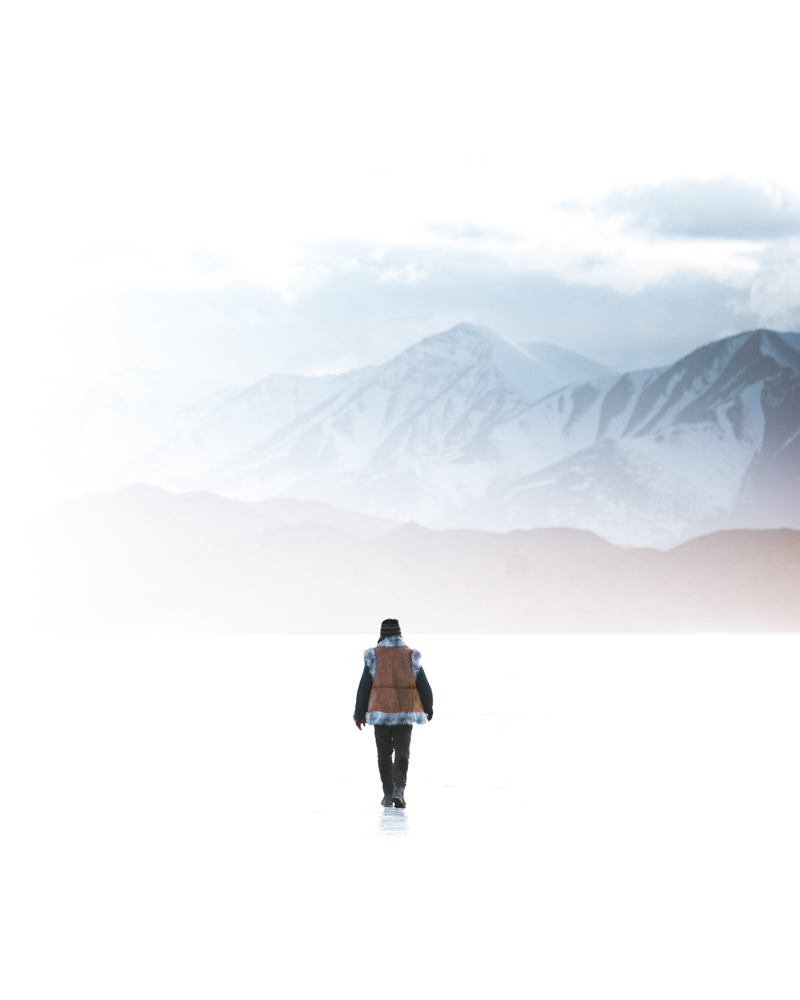
In the Ak-Sai Valley of Southern Kyrgyzstan, a young farmer would approach us with open curiosity, surprised to have seen foreigners venture so far into this often entirely isolated valley. Simply wanting to share in his beautiful land, the next morning we would leave Caspar behind for the day, riding horseback to a hidden lake known only to those most native of the valley.
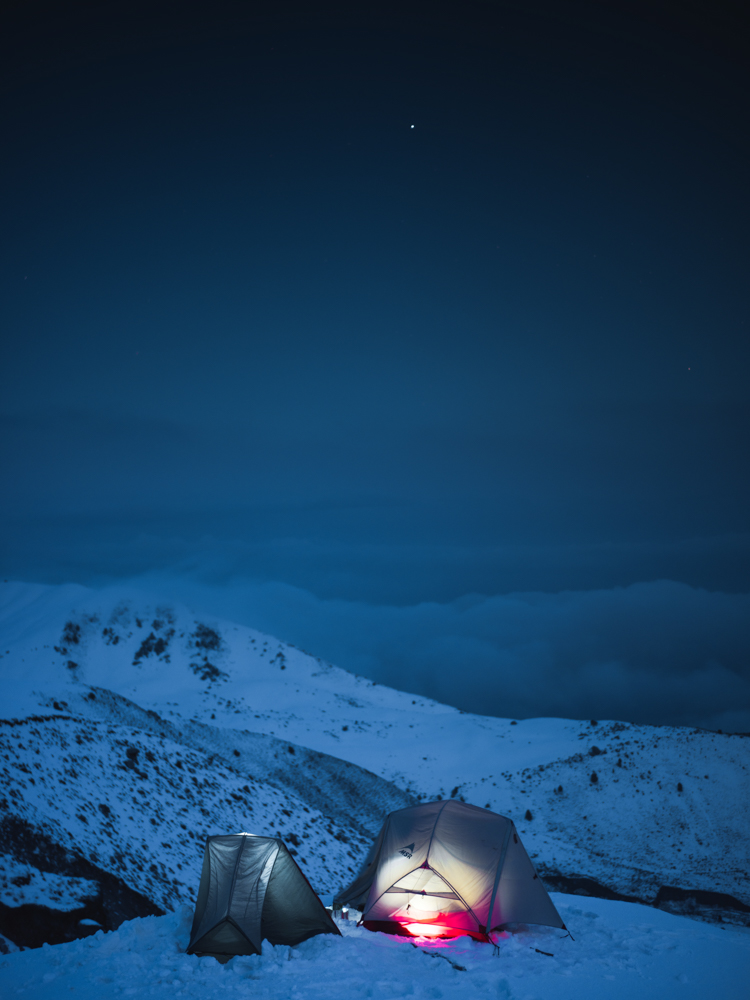
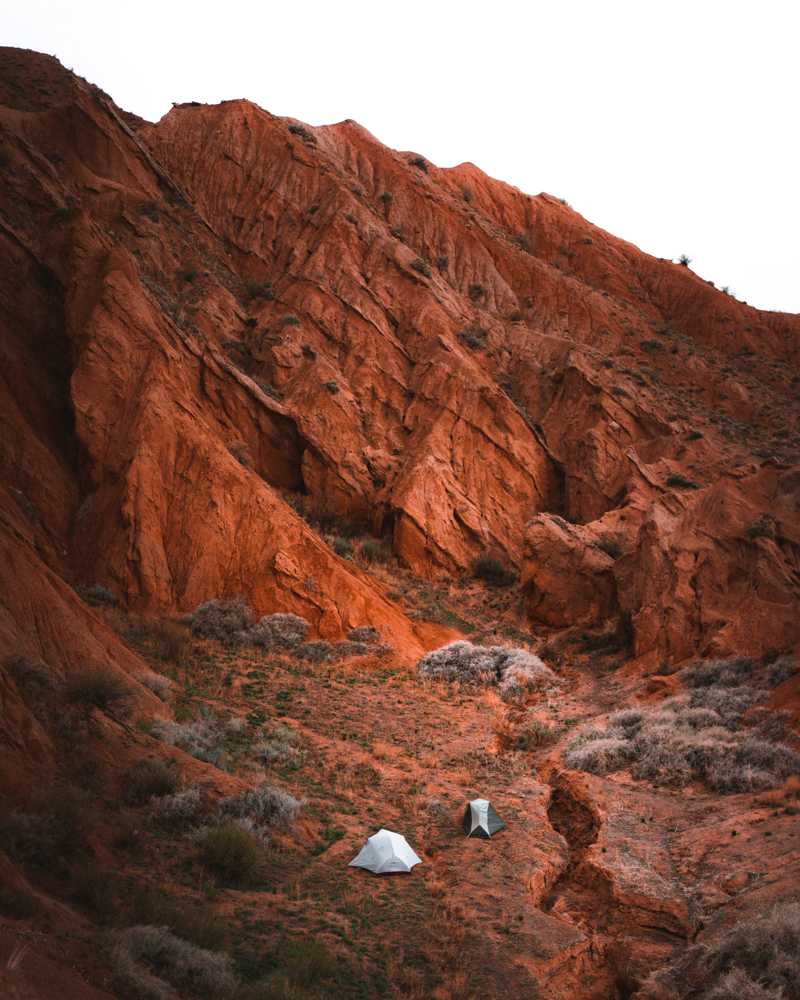
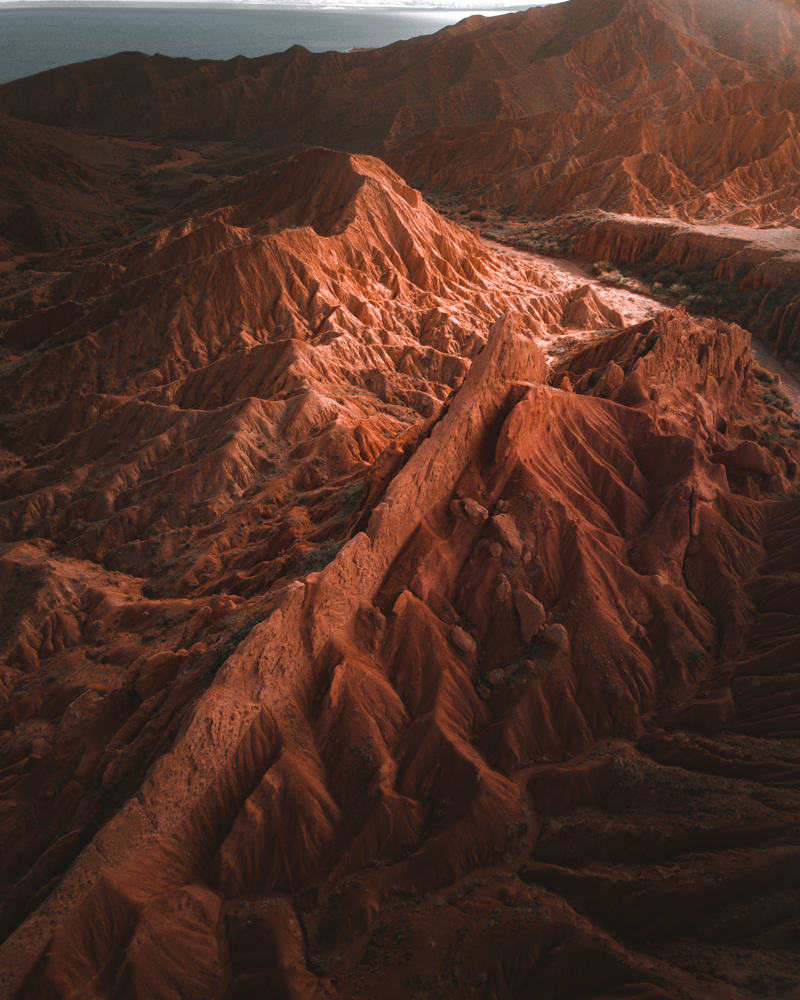
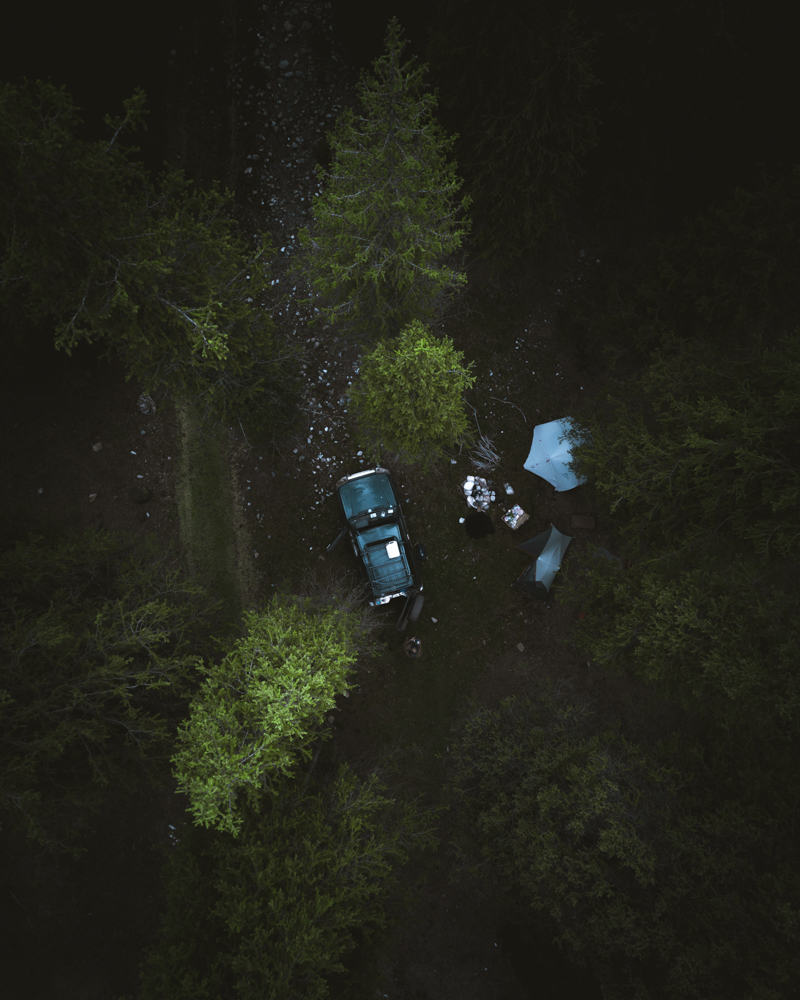
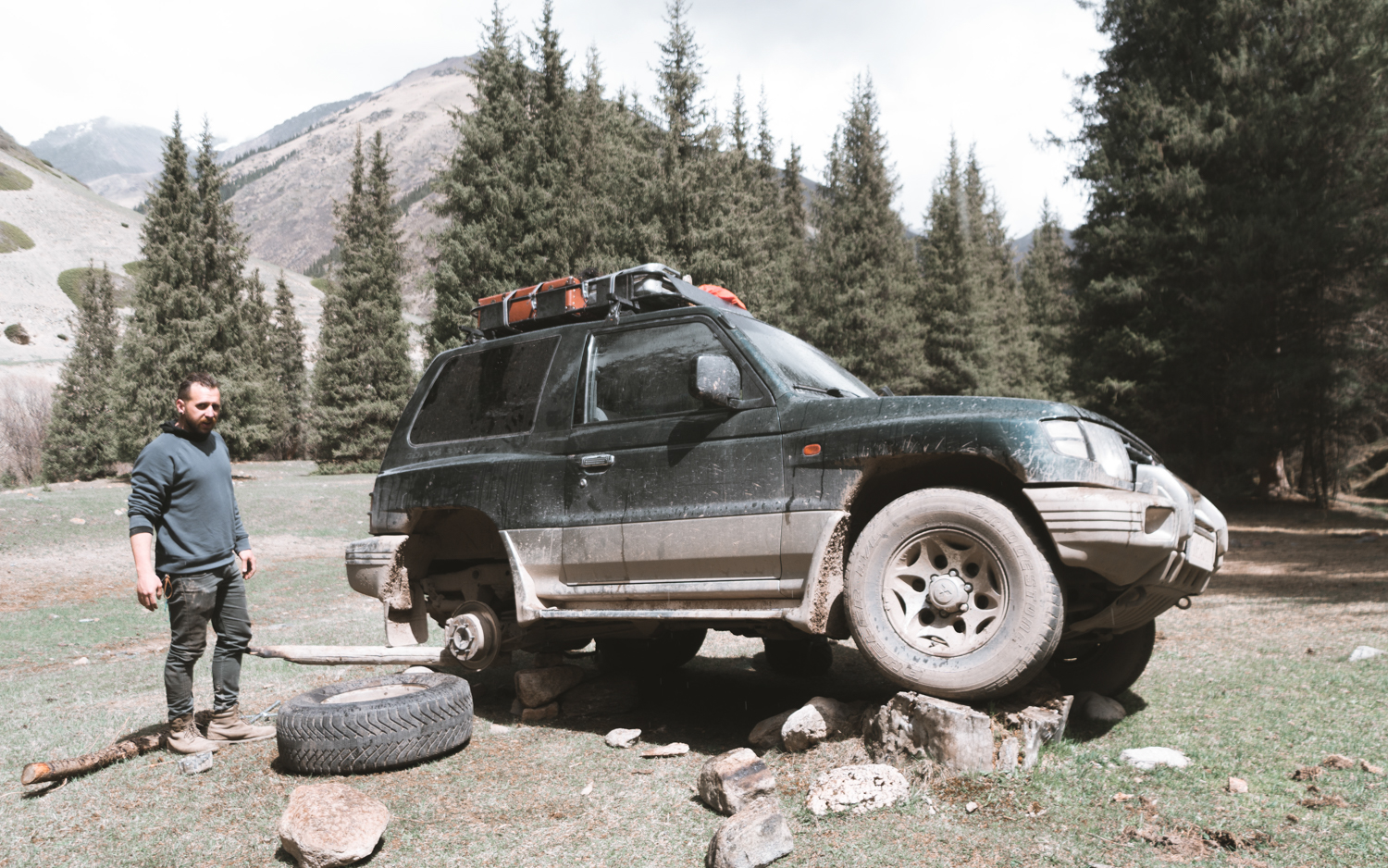





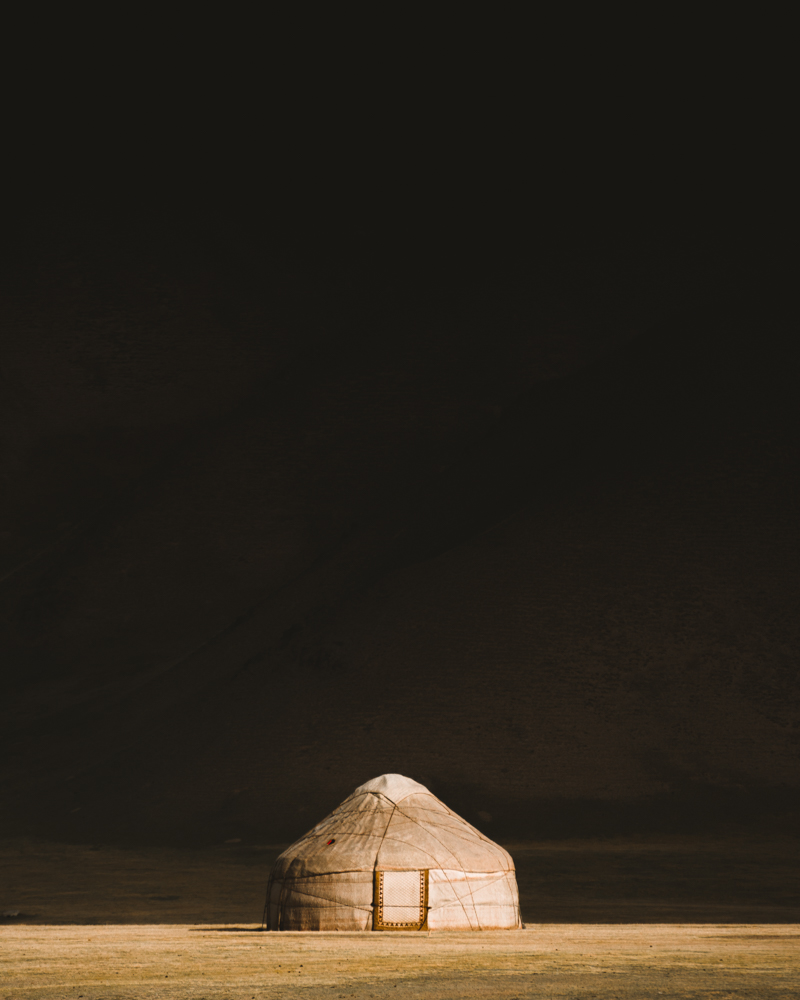
By the end of our journey, we would leave with experiences enjoyed in equal parts by what we accomplished, what we witnessed, and who we met. A journey that came to answer certain questions, yet raised so many more.
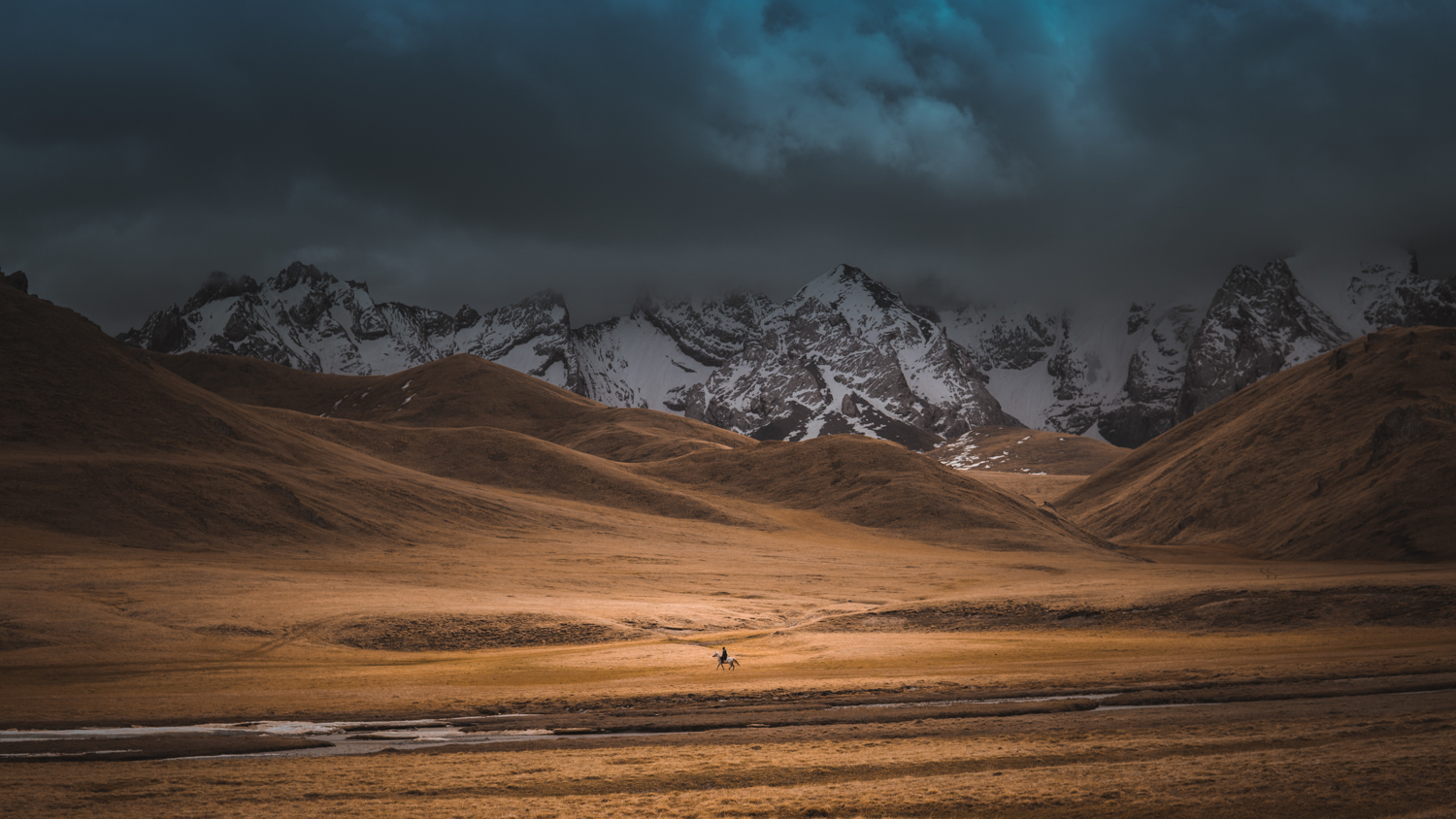
Overland; Through the Middle of the World.
If you enjoyed these images, I have compiled a whole lot more of them, as well as a series of stories to go along with them into a large format coffee-table style book. You can find out more about the book at alexhpflaum.com/the-overland-book.


